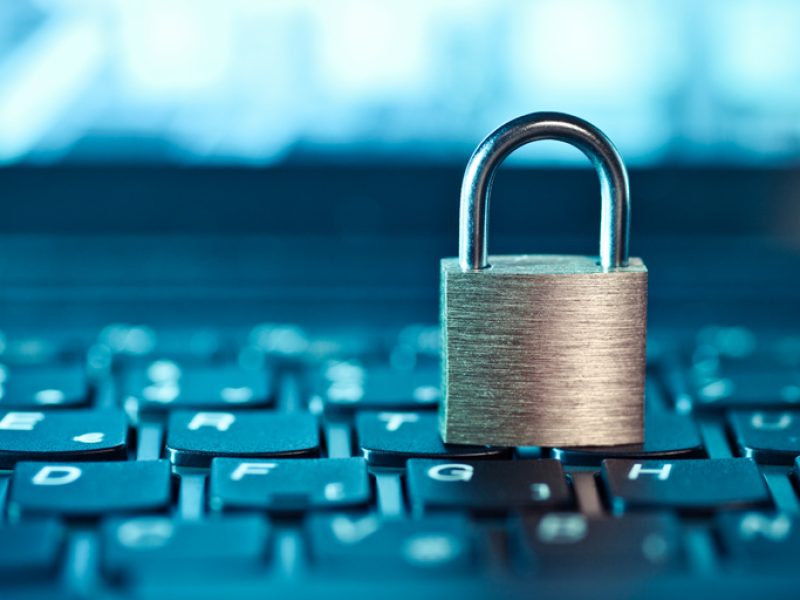Catfishing can be dangerous, although I’m not talking about the type of catfishing that requires a boat, fishing rod, and bait. (Although, there is the possibility you could fall overboard or get hooked by a fishing lure.) Catfishing is also a popular technique used by fraudsters to lure an unsuspecting individual into departing with their money. (It involves a fake personal profile sporting a picture of a real person, but false biographical information.) Consider the fact that we’re in the middle of a pandemic, people are stuck inside, and they’re lonely and bored. It’s a perfect storm for COVID-19 fraud. (Warning: Don’t fall for it.)
While the digital age enables us to easily engage with friends and family over social media channels, it also opens the door for criminals to scam people out of money. (The persona used online looks real, but it’s not.) Keep in mind that scams that ask for money or donations usually involve impersonating individuals who appear trustworthy – members of the military, Veterans, and other professionals, and in this day and age, medical professionals.
One unfortunate example of a catfishing victim is Mike Sency, a 30-year-old chaplain bodyguard in the U.S. Navy. His photo was hijacked and used to generate hundreds of fake accounts across social media and dating websites. While the Virginia Beach resident has spent many hours reporting the fake accounts, he has found that it’s difficult to make it all stop. Since the beginning of 2019, Sency has received hundreds of Facebook messages from people who say they have lost tens of thousands of dollars due to his fake accounts. (Catfishing scams not only impact the unsuspecting individuals who donate money to what seems a worthy cause, but also the real person in the photo. It’s not only a nuisance, but it could ruin your life.)
Another example of a catfishing victim is Kaytlin Cupp, a 25-year-old nursing student in Oklahoma City. At the beginning of April, she became aware of an impersonator Facebook account that included photos of her in nursing scrubs and a request for donations to an illegitimate coronavirus fund. (It only took 400 requests from her and her friends before the account was removed. Lesson learned? Be persistent.)
The FBI’s 2019 Internet Crime Report states that more than 19,470 people reported being victims of confidence fraud and romance cybercrimes worth approximately $475 million. (That’s an increase of 1,000 reports since 2018.) Now, consider our present quarantine situation and the use of videoconference apps. (You can count on fraudsters to be creative with how they steal photos and identities.)
The bottom line is that the coronavirus provides endless opportunities for stolen photos to be used to carry out fraudulent scams, whether that be through Facebook, LinkedIn, Instagram, Twitter, TikTok, Tinder, Match, Zoom, Google Meet (or any other digital platform you can think of.)
What should you do to prevent becoming a victim of catfishing? The most radical approach is to shut down your social media accounts. Other options include setting up Google alerts with different variations of your name (different spellings or use of middle name or initial), making your social media accounts private, and reporting abuse. Remember that any false accounts out there with your likeness could impact your career. Be vigilant and be careful what you click on.
Today’s Fraud of the Day comes from an article, “Catfishing during coronavirus: How an old internet scam still tricks people,” published by NBC News May 4, 2020.
An internet search for Mike Sency’s name immediately yields hundreds of accounts spread across social media and dating websites.
Many of the profiles contain small differences, such as the photos used, the spelling of his name, even various details about his hobbies and interests. But they all share one common trait: They’re fake.




